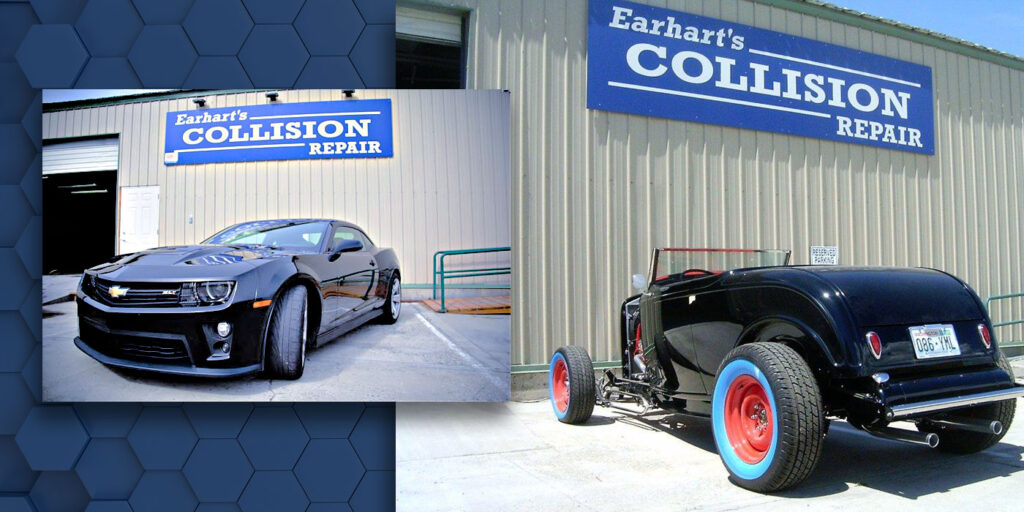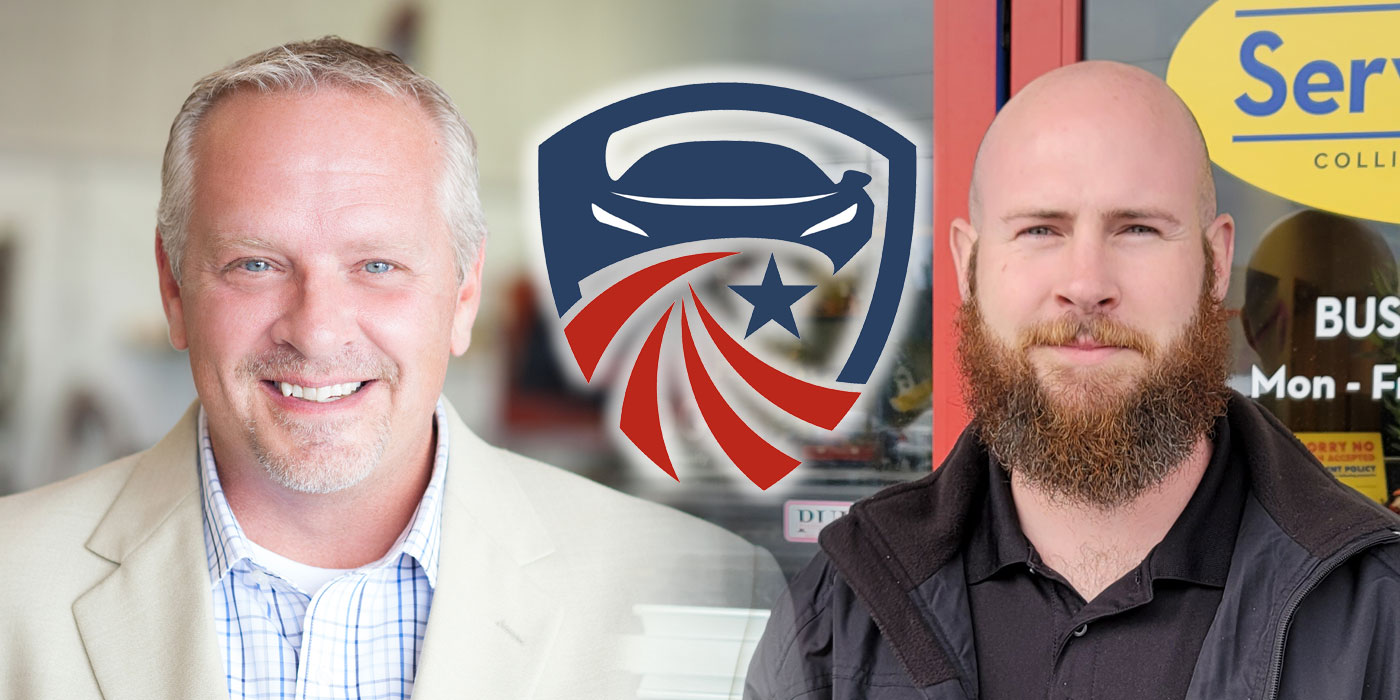If you’re like me, you’ve at some point wished you could go back in time and be the role model, mentor or leader a younger version of yourself needed. Since that isn’t possible, the next best thing is to be there for the ones who will follow in your footsteps one day and may also be struggling with the same things you once struggled with.

One of my favorite mentors in college would always tell me, “This is great, but I know you can do better,” and then we would work on a game plan for how I was going to improve whatever I was working on.
It’s that type of mentality that is essential in today’s industry when searching for, hiring and retaining skilled and hardworking employees. To be the best leader you can, you have to keep them motivated and on a path of growth in your business.
Have a Clear Roadmap for Growth
By not giving your employees a clear roadmap for success and growth within your company, they’re left with vague expectations and little direction.
A 2017 survey released by the American Psychological Association’s Center for Organizational Excellence found that nearly half of U.S. workers are worried about how their jobs are changing. Add in the lack of supervisor support for career development and less than half are motivated to do their best work, which means they’re also more likely to jump ship.
“Look at where the employee is right now and what makes sense from a progression standpoint from this point on over the next month or so, then touch base every other week on the progress,” said Mark Claypool, a longtime contributing editor to BodyShop Business with more than 30 years of experience in the fields of workforce development, apprenticeships, marketing and web presence management. “This is where a lot of shops fail: by just throwing things up against the wall and hoping it would stick. There was no game plan, there was no roadmap.”
To begin creating an effective employee development plan, Julie Winkler Giulioni, performance improvement consultant and author of Help Them Grow or Watch Them Go, says you must first understand your employee’s career goals and match them with your shop’s needs.
Those conversations should focus on three areas:
- Hindsight. Understand the employee’s background and what skills they already excel at.
- Foresight. This includes looking outward and forward at the needs of the shop and asking yourself questions like: Where is our industry going?
- Insight. Finally, look at where the employee’s skills and interests intersect with the future of the company and industry. From there, you can focus on developmental efforts to align the two.
Growth doesn’t always need to be formal either; by making teachable moments a part of day-to-day functions in your shop, you can help your employees grow in their current roles while setting them up for success in their nex roles.
One of my previous bosses embodied this mantra even before I started working for him. At the conclusion of my interview, he said, “Great interview! Now we’re going to talk about the things you did right and the things you could have done better.”
As a young professional, I was shocked with how blunt he was but ultimately, that moment and the constructive critiques that followed have stuck with me even today – proving to me that anything can be a teachable moment.
Positive vs. Negative Motivation
While everyone is motivated differently, I firmly believe leaders will always get more out of their employees when using positive motivation tactics.
Susan Givens, publisher of our sister magazine AutoSuccess, recently shared a story in her column about a friend who used tough love to motivate an employee who wasn’t necessarily putting their full effort into their job. But if she had been the one getting yelled at, she thinks it might have instead left her motivated to find a job elsewhere. This is why acknowledging contributions an employee has already made to the business and offering constructive criticism is so important to helping develop your employees in a positive way.
Using positive motivation means employees are more likely to have a positive mindset, and in turn, perform better at work, according to research. Sometimes all it takes is one instance of positive reinforcement from a leader to completely change someone’s demeanor.
The fate of this industry lives in the generations to come. So what would you have told your younger self?












